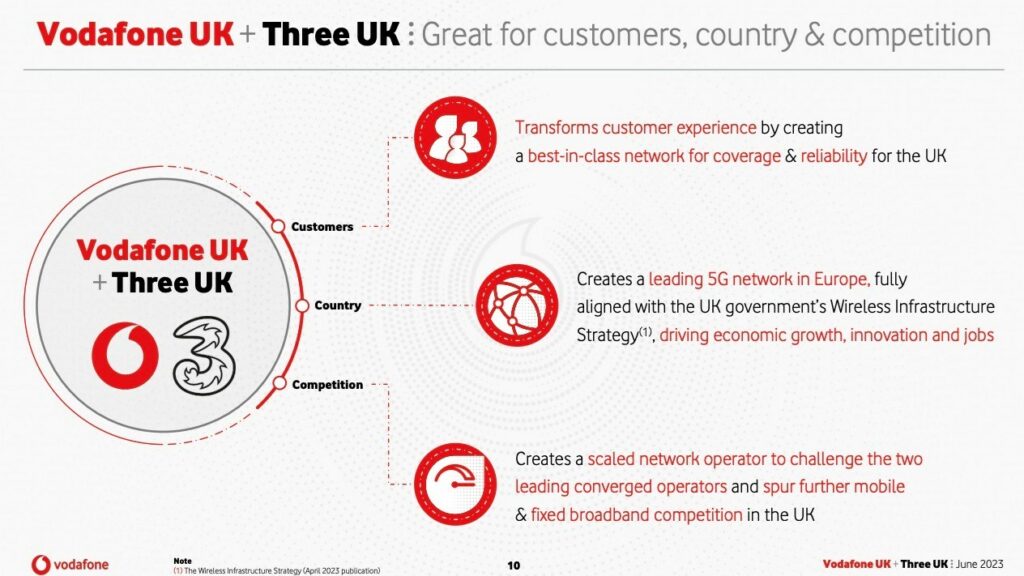
6-15 #Aging : Enforcement Directorate (ED) has issued show-cause notices to Xiaomi India; Vodafone and CK Hutchison are planning to merge their UK businesses; Google apps have reportedly been “optimized” for Samsung’s new Flip; etc.

According to a lawsuit filed back in Nov 2022, Apple and Amazon allegedly joined forces to artificially inflate the prices of iPhones and iPads sold on the platform, effectively eliminating over 98% of all Apple resellers. Now, in a recent development, U.S. District Judge John Coughenour has denied the request made by Apple and Amazon to dismiss the lawsuit, allowing it to progress further. As a result, the case will now move forward to evidence-gathering and other pretrial proceedings, representing a significant step for the plaintiffs – all U.S. residents who purchased new iPhones and iPads on Amazon from January 2019 onwards. (Android Headlines, Thomson Reuters)
Apple has already moved 7% of its entire iPhone production to India, and this has markedly changed the country’s export statistics. In the latest figures for local fiscal year 2023, smartphones have entered the top 5 most exported commodities. The figures are based on the value of exports as determined on what’s called a harmonized system of codes. In that last fiscal year, the whole smartphone export market was reportedly worth USD5.4B to India. For FY2023, it is now USD10.9B. Apple’s iPhones accounted for approximately half of that USD10.9B total, meaning it’s the iPhone that has driven the growth.(Apple Insider, Business Standard)
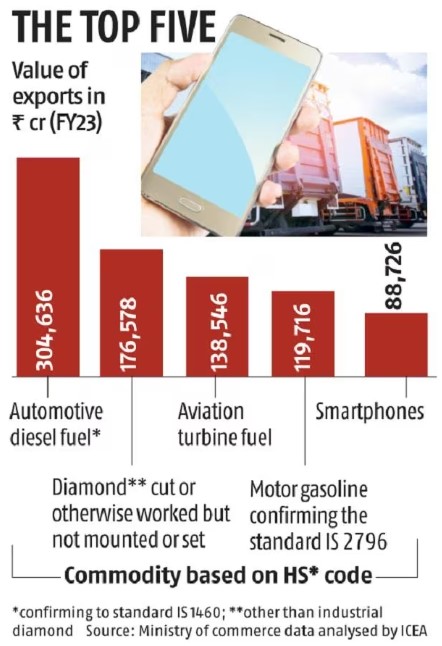
Some Google apps have reportedly been “optimized” for the new 3.4” cover display of Samsung’s Galaxy Z Flip4. The apps include Google Maps, Google Messages and YouTube. These “optimized” apps will also apparently be backed up by Samsung’s apps. (GizChina, SamMobile, 9to5Google)

The Enforcement Directorate (ED) has issued show-cause notices to Xiaomi India, its chief financial officer and director Sameer B Rao, former managing director Manu Kumar Jain and three foreign banks for alleged violations of the foreign exchange law to the tune of more than INR5,551 crore. The ED had earlier seized funds worth INR5,551.27 crore of Xiaomi India lying in its bank accounts under the FEMA for the ”unauthorised” remittance of this amount in guise of royalty abroad by the company. (GSM Arena, Twitter, Times of India, News18, Business Today, Sina, NBD, IT Home)
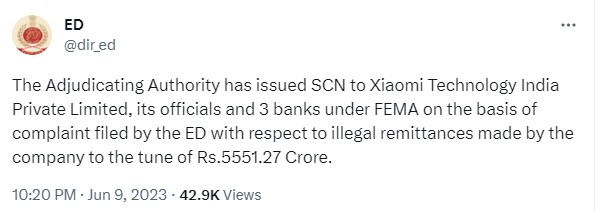
With demand for IT devices shrinking due to the global economic recession, Samsung Electronics’ smartphone shipments in 2023 are expected to fall below 250M units. The shipment volume of 250M units is evaluated as the minimum margin to maintain the business appearance, but it is an observation that it will not be able to keep it. Samsung Electronics’ smartphone shipments in 2023 are expected to be 230M-240M units. It is predicted that the volume will decrease by around 10% compared to 2022 (258M units). Previously, Samsung Electronics had set 2023 shipment target at 270M units, but it was significantly lower than this. (Phone Arena, SISA Journal)
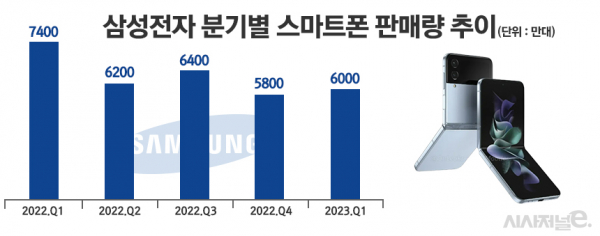

Bloomberg’s Mark Gurman has previously claimed that Apple is working on a standard (i.e. non-Pro) Vision headset as a cheaper option. Gurman has now asserted that the company is actually working on two new models instead of one. The non-Pro headset could use lower-quality display, fewer cameras, and a less powerful processor (e.g. an iPhone chip or an older Mac chip). He has also surmised that the cheaper Vision headset could have a more basic head strap design and require AirPods for spatial audio instead of using headset speakers. Gurman also suggests that Apple would not want to ditch its external EyeSight screen or hand/eye tracking features on this standard headset, as they could be key features for the series. He claims that the cheaper Apple headset will arrive by the end of 2025 at the earliest. (Android Headlines, Android Authority, Bloomberg, Business Insider)

Apple may face the risk of having to change the name of its new mixed reality headset, the Vision Pro, in China. This is because Huawei registered the same trademark 4 years ago. It is understood that the registered number of the Vision Pro trademark is 38242888, and it falls under the international class 9. The trademark’s exclusive rights period is from November 28, 2021, to November 27, 2031, with approved usage for products and services including LCD TVs, head-mounted virtual reality devices, radio equipment, and more.(Apple Insider, Gizmo China, IT Home)
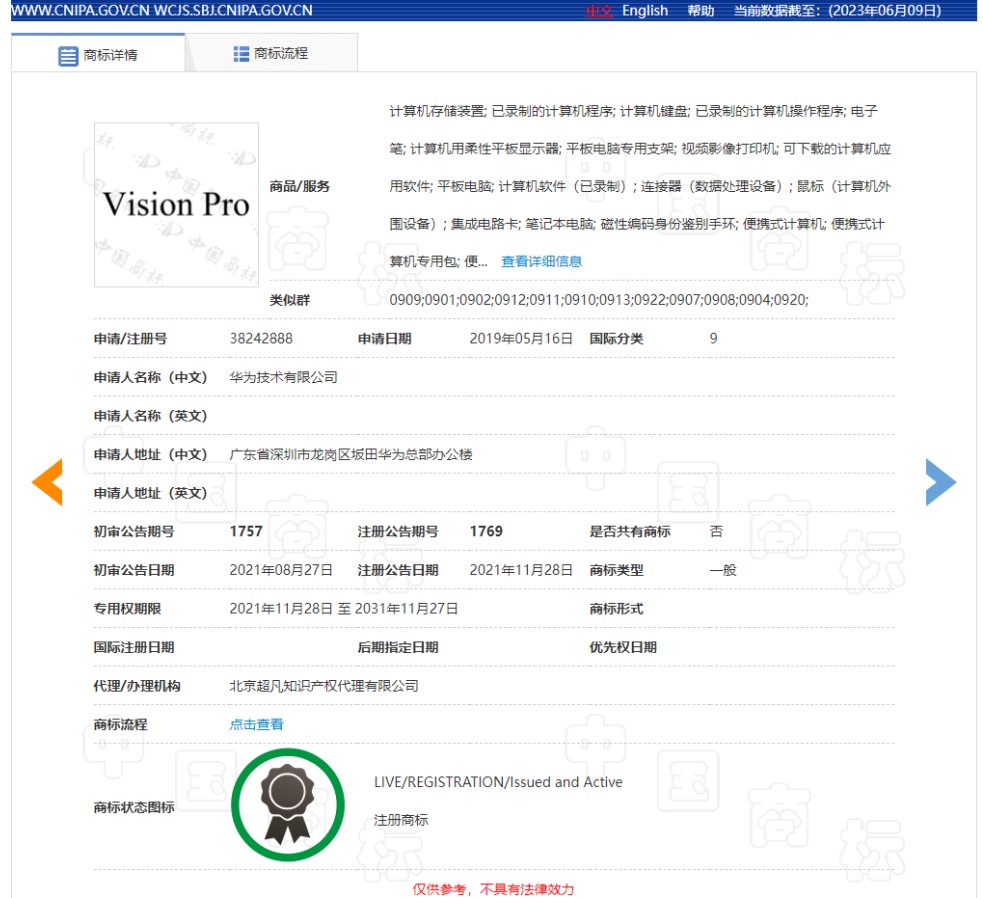
Sony has announced that it has started testing cloud streaming for supported PS5 games. These games include titles from the PS Plus Game Catalog, game trials, and supported digital content that people own. The PS5 supports streaming games to various devices through its Remote Play app. However, the difference here is that Remote Play requires the PS5 to download the game and be the host for streaming. This new feature would make it so you don’t have to download the game onto the PS5 or use the PS5 as a host.(Android Authority, Android Headlines, Playstation, Twitter)
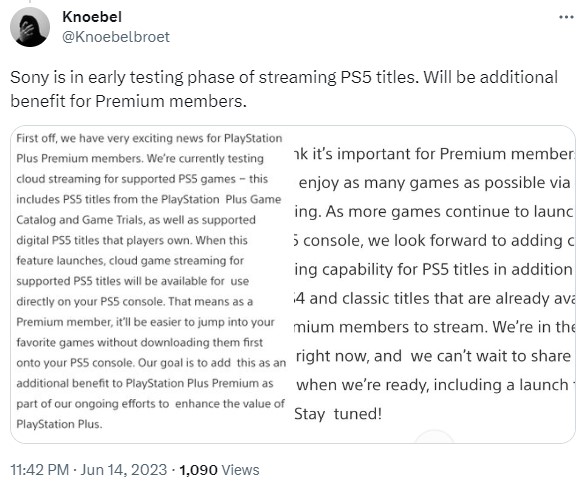

Lenovo aims to invest USD1B 1over the next 3 years to advance and improve the systems that ought to adopt AI. Also, USD100M of this funding will go toward the Lenovo AI Innovator Program. Lenovo worked with 45 software partners to release 150 advanced AI products. These tools offer cutting-edge features and enhance Lenovo’s ecosystem. The Lenovo AI Innovators Program offers a broad ecosystem of elite software partners to deliver specialized, tested, easy-to-deploy AI tools for all niches. What’s more important, they work with them directly. This allows them to reach better results while making AI grow faster. When talking about AI tools, this firm means virtual assistants, security, predictive analytics, speech recognition, and computer vision.(Lenovo, GizChina, IT Home)
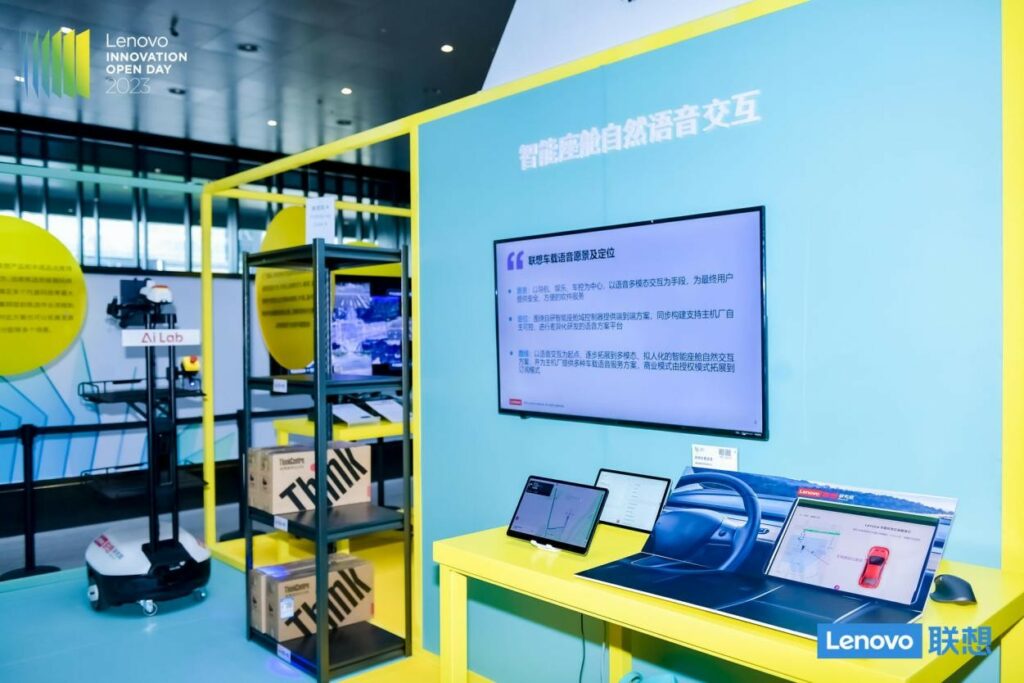

Google has announced that it is offering up to USD1M in financial protection to cover expenses associated with undetected cryptomining attacks in Google Cloud. The protection is offered as part of Security Command Center Premium, a built-in security and risk management solution designed to detect and block cryptocurrency mining attacks targeting Cloud customers. Such cryptomining attacks typically involve the compromise of an organization’s cloud infrastructure and the deployment of utilities or malware to hijack resources and use them to mine for cryptocurrency, for attackers’ benefit. Security Command Center, which is built into Google’s cloud infrastructure, performs agentless scans of virtual machines’ memory, which allows it to detect attacks without impacting performance, Google says.(Android Headlines, Google Cloud, Google, Security Week)


Germany’s Finance Minister Christian Lindner is refusing Intel’s demands for higher subsidies for a EUR17B (USD18B) chip plant, saying the country could not afford it. The company was due to receive EUR6.8B in government support for its fabrication plant in Germany. However, due to higher energy and construction costs, it is now demanding about EUR10B. The company announced in 2022 it had picked the central German city of Magdeburg for a new chip-making complex as a part of an USD88B investment drive across Europe, which included boosting a factory in Ireland, a packaging and assembly site in Italy and setting up a design and research facility in France. (CN Beta, FT, Reuters, EE News Europe)

Shanghai Xuanjie Technology, a chip design and development company under Xiaomi, has increased its capital by nearly 30%, reaching CNY1.92B. Currently, it remains unclear if it comes from capital injection from external investors. Although Xuanjie was established in 2021, it has already applied for 12 patents. Compared to Songguo Electronics – the company established by Xiaomi in 2014 for the development of its own Surge S1 chip – Xuanjie’s establishment was seen as a crucial step for Xiaomi’s in-house IC design endeavors. Songguo Electronics developed the Surge S1 mobile SoC, which was announced in February 2017. However, there have been no announcements regarding S2. (CN Beta, CLS, Sohu, Digitimes)
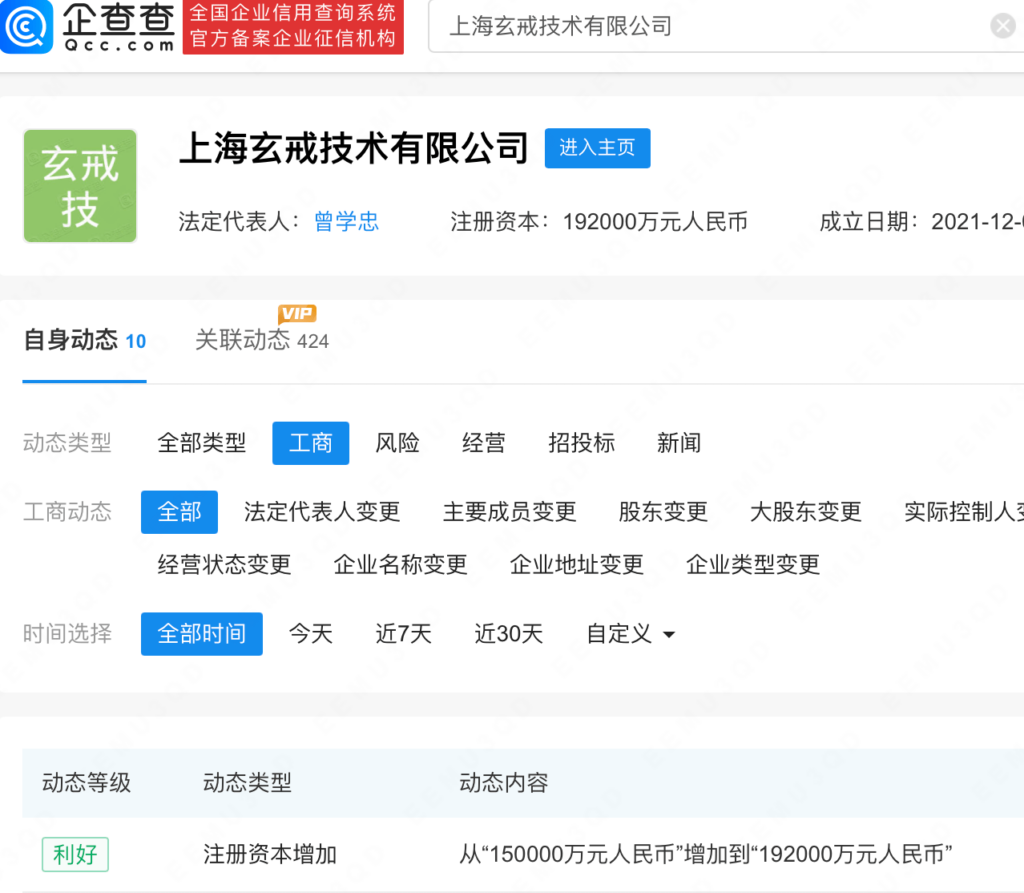
Apple will reportedly unveil the first 3nm SoC mass manufactured on TSMC’s next-generation node 3nm, which is the A17 Bionic, and it is said to be exclusively found in the iPhone 15 Pro and iPhone 15 Pro Max. TSMC is slowly increasing its 3nm capacity, the output will reportedly reach between 90,000-100,000 monthly wafers to meet demand. The majority of the capacity is dedicated towards the A17 Bionic. Apple has allegedly secured 90% of TSMC’s 3nm chip shipments, so if that monthly wafer output reaches 100,000 units, 90,000 of them will be for Apple. The company’s competitors are refraining from taking advantage of the cutting-edge 3nm process due to the high wafer cost, and it is likely that Apple will also have to absorb these expenses.(CN Beta, WCCFTech, UDN)
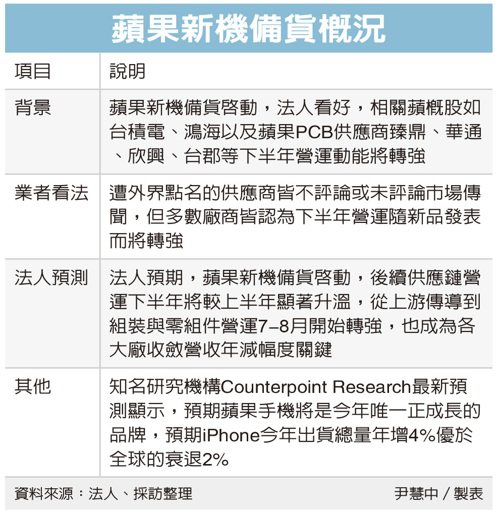

Sony, which is supplying the panel used by Apple for its new mixed reality device Vision Pro, has a capacity of 900,000 units of these panels per year. Sony manufactures the OLED on silicon, or OLEDoS, which uses silicon as a substrate to make a high-resolution micro OLED display panel, being used by Apple for its Vision Pro. Sony’s capacity means Apple will only be able to ship hundreds of thousands of Vision Pro at most in 2024. At most, Sony can supply 100,000-200,000 units of OLEDoS per quarter. While there are other manufacturers of OLEDoS such as China’s SeeYa, it is unlikely that Apple will use other suppliers at the current time besides Sony, a long-time supplier of various components. Apple has allegedly Sony to expand its OLEDoS production capacity but the latter has refused.(Apple Insider, The Elec)
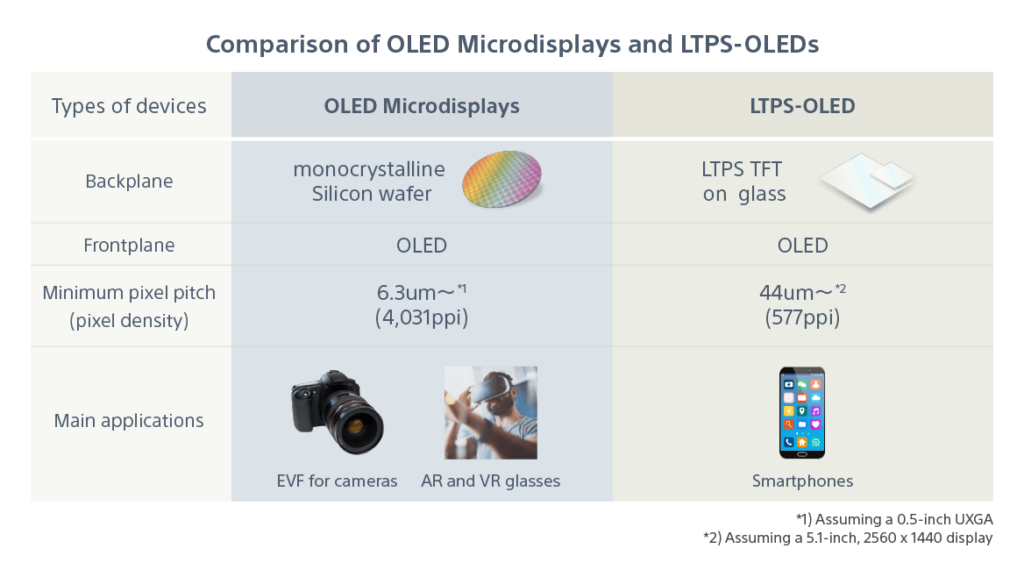

The main upgrade in the camera hardware is coming to Gogole’s Pixel 8 models in 2023 — the Samsung ISOCELL GN1 sensor makes way for the ISOCELL GN2. The sensor is larger and should capture about 35% more light than its predecessor for brighter low-light images and faster shutter speeds to reduce blur. The sensor also supports 8K/30fps video capture, as does the Tensor G3 processor. However, this might not make its way to users; it is currently not supported by GCam running on the Pixel 8 and existing Pixels run notoriously hot at 4K/60fps already. (Android Authority)
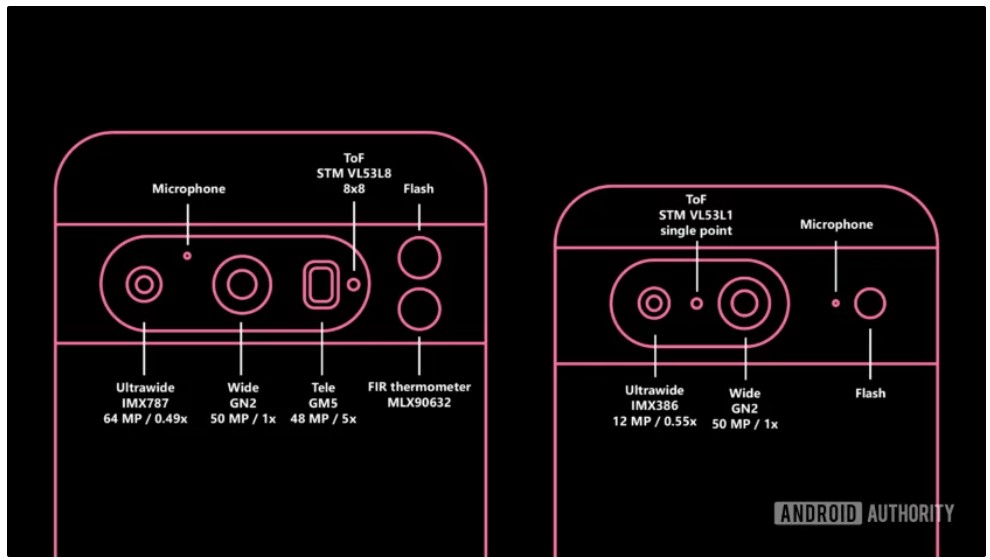


Google explains how it created the AI algorithm behind its fall detection feature on the Pixel Watch. Rigs for simulation and even stunt doubles were required to pair this algorithm with the motion sensors inside the watch. Google has conducted tests with emergency dispatch communities to ensure the Pixel Watch’s automatic calling was clear and precise. The motion sensors inside the watch search for how a human body typically reacts to a hard fall. With the algorithm-scavenging missions Google underwent, the information was able to better train the motion sensors inside the watch to realize that not every small stumble is an emergency.(Android Central, Google)
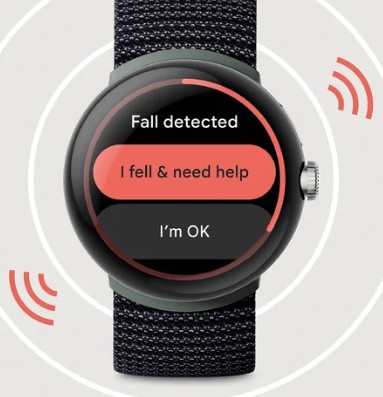
Google highlights various ways to use Google Lens on mobile devices. Google Lens has gained a new feature, allowing users to snap a photo of their skin, bump, or hair loss to discover what it could mean health-wise. Google Lens will soon come to Bard, letting users snap a photo and place a query alongside it. Users can begin using Google Lens to take a photo of an odd skin reaction, mole, or rash and use that to search the internet about what could be wrong. Google says users will receive visual matches about their skin search that might be similar to their current condition. They can tap on these photos to discover their medical terms and possible causes.(Android Central, Google)
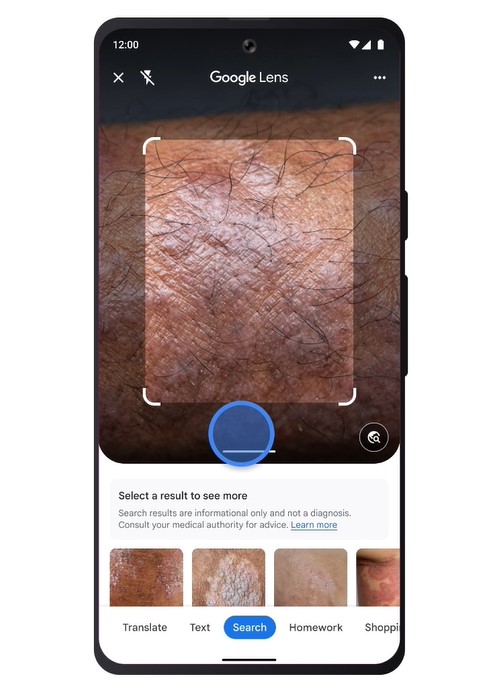

Tesla’s connector, now known as the North American Charging Standard (NACS), is truly living up to its name. General Motors (GM) has announced that the company is going with EV charging station companies now adopting the standard. Ford announced in May 2023 it is adopting Tesla’s previously proprietary NACS port for its future vehicles. Together, Ford, Tesla, and GM represent nearly 3-quarters (72%) of the EV market in the US. Combined Charging System (CCS), specifically CCS Type 1 or CCS1, is used on practically every non-Tesla EV charging station in North America. It’s also the standard certified by the Society of Automotive Engineers, not the creation of any one private company. Under current law, federal funding for EV charging is restricted to CCS chargers. White House spokesperson Robyn Patterson said there are minimum standards for EV chargers to get public funding, but they need to be interoperable to promote competition.(CN Beta, Electrek, The Verge)
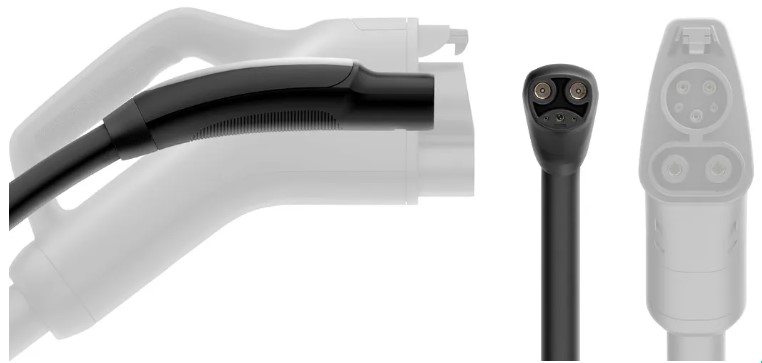
Toyota claims the company “will change the future of cars”. The company shared its plan for future cars to reach a range of 1,000 km (~621 miles). According to Toyota, it will achieve this goal through the “integration of next-generation batteries and sonic technology” and plans to launch a full EV lineup by 2026. It already offers the bZ4X all-electric SUV, which can go about 270 miles on one charge and starts at USD42,000. Plus, it plans to release a “next-generation” EV for Lexus, its luxury brand, in the same timeframe. The company first started “actively investing in future-oriented areas” in 2016 and, as of March, had since shifted about half of its R&D staff and expenses into its Advanced Development work. In May 2023, Toyota launched BEV Factory, a space designed specifically for innovating battery EV technology.(Engadget, Toyota)
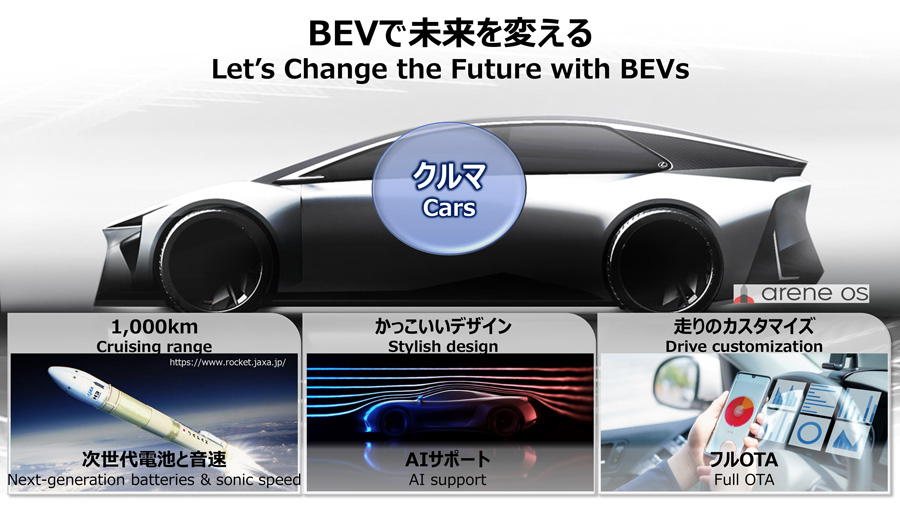
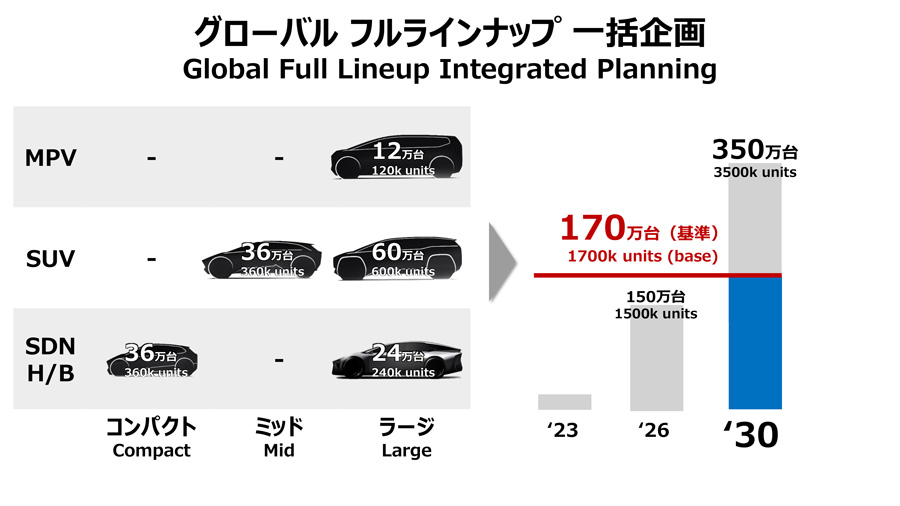
FinDreams, the battery unit of Chinese automotive conglomerate Build Your Dreams (BYD), is establishing a joint venture with Huaihai Holding Group. Together, the two companies intend to establish themselves as the world’s largest supplier of sodium-ion batteries for small EVs. FinDreams has announced it has found a partner in Huaihai Holding Group to produce sodium-ion batteries in mass quantities to power small EVs locally and globally. Huaihai Holding Group has signed a strategic agreement with FinDreams to establish the sodium-ion battery joint venture. The venture will include the implementation of a production base at the Xuzhou Economic and Technological Development Zone in the Jiangsu province of China. (Gizmo China, Notebook Check, Electrek, CNEVPost, Laoyaoba, OfWeek)
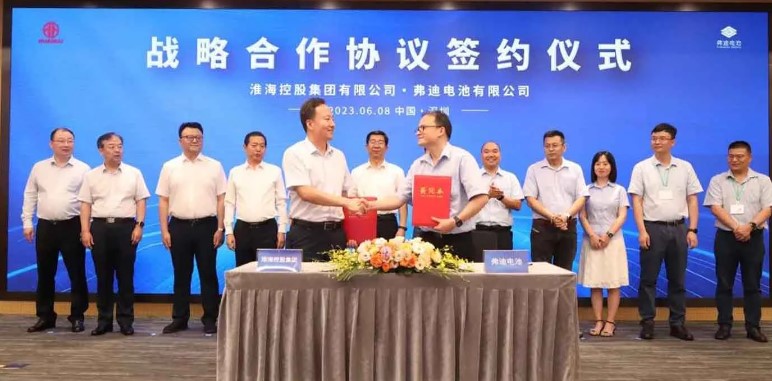

Vodafone and CK Hutchison, which owns Three UK, are planning to merge their UK businesses. The deal will first need to be approved by the Competition and Markets Authority (CMA). If the merger is approved, it’ll mean that there’ll be just three mobile networks. The other remaining players will be EE (which formed as a merger of T-Mobile UK and Orange UK) and O2. Under the deal, Vodafone will be the majority stakeholder, controlling 51% of the business while CK Hutchison will control the remainder. (GSM Arena, MacRumors, Neowin, CKH, CNBC)
